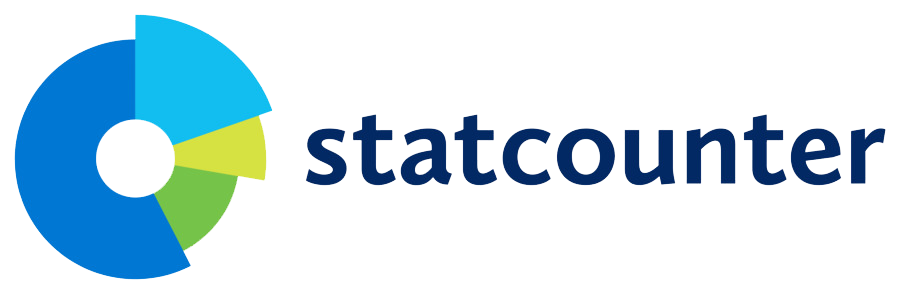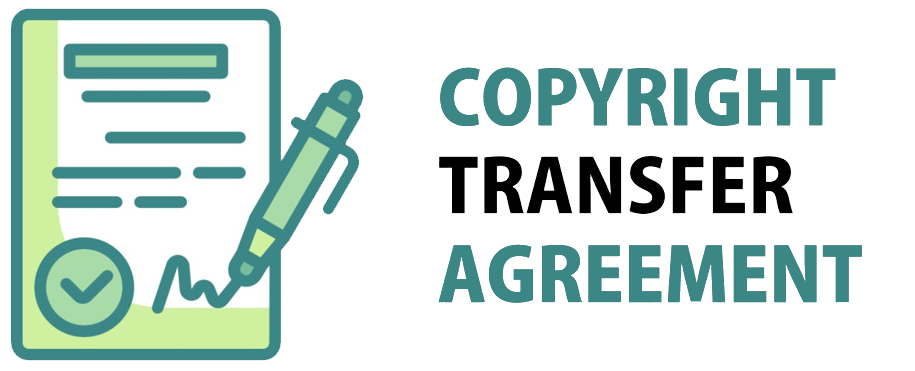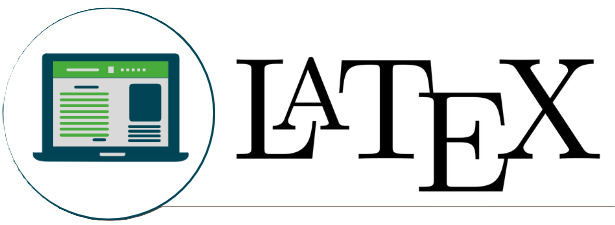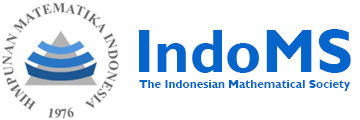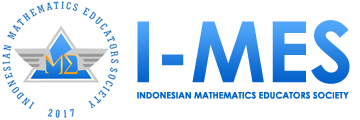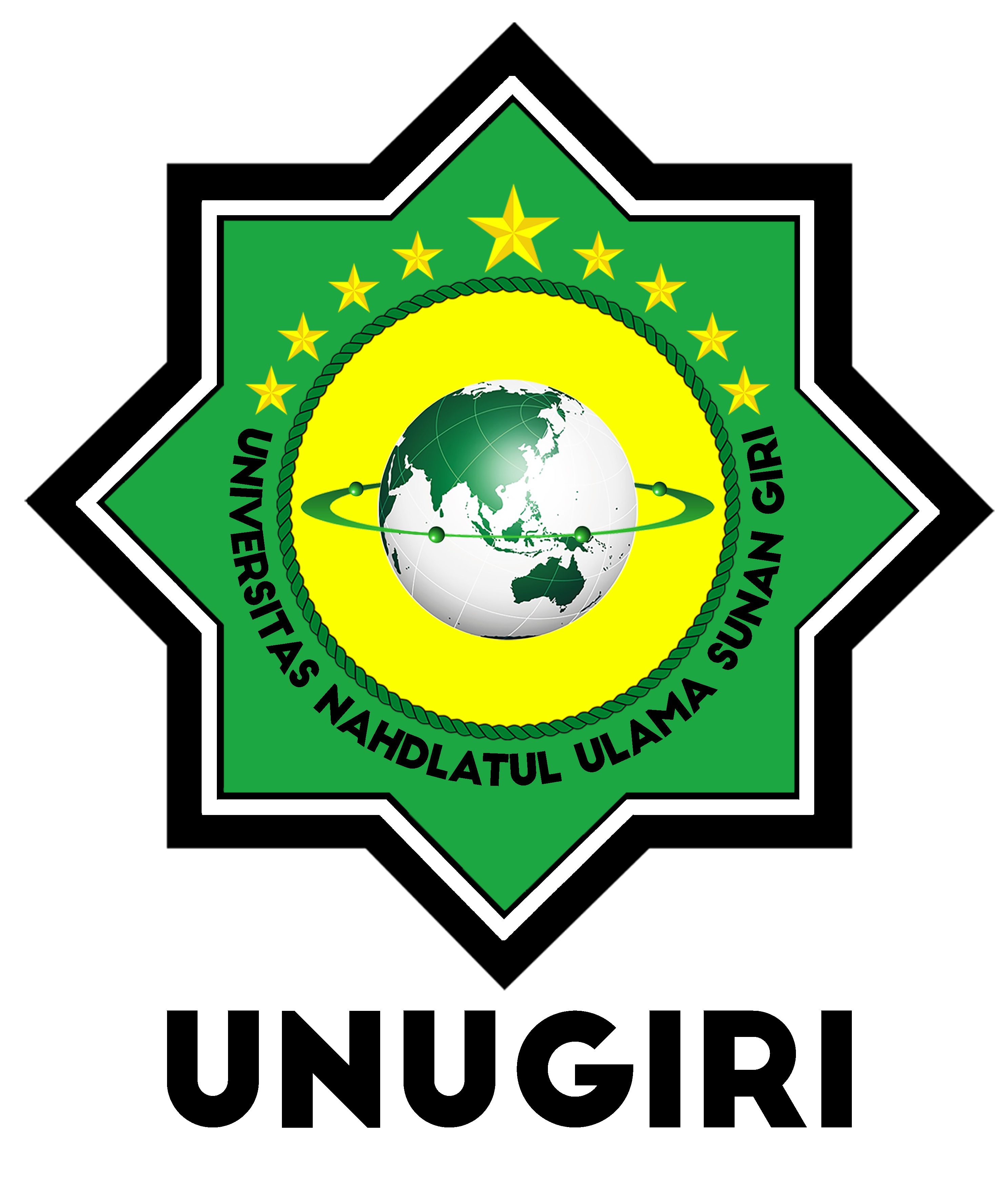Proses Berpikir Kreatif Siswa SMP Dalam Menyelesaikan Open–Ended Problem ditinjau dari Tingkat Berpikir Kreatif : Studi Deskriptif Kualitatif
 PDF Download: 155
PDF Download: 155
DOI:
https://doi.org/10.32665/james.v8i1.4521Keywords:
masalah open-ended, proses berpikir kreatif, tingkat kreativitasAbstract
Students' level of creativity influences their creative thinking processes. Students with different levels of creativity tend to demonstrate variations in how they approach creative thinking. This study is a qualitative research with a descriptive approach, aiming to describe the creative thinking processes of junior high school students in solving open-ended mathematical problems. The subjects of this study consisted of three students: one with a highly creative thinking level, creative thinking level, and moderately creative thinking level. Data were collected through written tasks involving mathematical problem solving and follow-up interviews. The results revealed that the student with a highly creative thinking level demonstrated strong abilities in integrating various sources of information, generating ideas independently and flexibly, and producing accurate solutions. The student with a creative thinking level was able to construct and plan ideas effectively but tended to use familiar strategies without further exploration, resulting in correct yet less innovative solutions. Meanwhile, the student with a moderately creative thinking level was only able to generate a single, simple idea, used familiar strategies without systematic planning, and produced inaccurate solutions while lacking the ability to evaluate the outcomes effectively. The results of this study can be implemented in mathematics learning by providing students with opportunities to develop their creative ideas through open-ended problems, encouraging the exploration of various problem-solving strategies, and creating a learning environment that values original and flexible thinking processes.
References
Airasian, P. W., Cruikshank, K. A., Mayer, R. E., Pintrich, P. R., Raths, J., & Wittrock, M. C. (2001). A Taxonomy For Learning, Teaching, And Assessing.
Hidayat, W., & Jailani. (2021). Profil berpikir kreatif siswa dalam menyelesaikan masalah matematika berdasarkan tingkat kemampuan matematis. Jurnal Riset Pendidikan Matematika, 8(2), 112–124.
Jagom, Y. O., Uskono, I. V., Dosinaeng, W. B. N., & Lakapu, M. (2021). Proses Berpikir Kreatif Siswa SMP dalam Menyelesaikan Masalah Matematika Berdasarkan Gaya Belajar. Jurnal Cendekia : Jurnal Pendidikan Matematika, 5(1), 682–691.
Karim, S., Yuliani, S., & Suryadi, D. (2020). Analisis kemampuan berpikir kreatif matematis siswa dalam menyelesaikan soal berdasarkan taksonomi Bloom revisi. Jurnal Pendidikan Matematika, 14(2), 103–115.
Maulyda, M., & Nizaruddin, N. (2022). Kemampuan berpikir kreatif matematis siswa SMP dalam menyelesaikan masalah matematika berbasis konteks. Jurnal Pendidikan dan Pembelajaran Matematika, 3(1), 25–34.
Nurhasanah, S., & Puspitawati, R. (2022). Analisis kemampuan berpikir kreatif siswa dalam menyelesaikan soal matematika open-ended ditinjau dari gaya kognitif. Jurnal Pendidikan Matematika dan Sains, 10(1), 56–68.
Pendidikan, M., & Teknologi, D. A. N. (2022). Menteri pendidikan, kebudayaan, riset, dan teknologi.
Permatasari, D., Destrinelli, & Sherly Pamela, I. (2023). Peningkatan Keterampilan Berpikir Kreatif Melalui Model Project Based Learning Pada Peserta Didik Kelas IV Sekolah Dasar. Journal on Education, 05(04), 16151–16164.
Putri, D. A., & Mulyana, E. (2022). Kemampuan berpikir kreatif siswa ditinjau dari tingkat kemampuan matematika dalam menyelesaikan soal open-ended. Jurnal Gantang, 7(1), 1–10.
Reilly, E. M. (2015). Supermath: A Creative Way To Engage Talented Math Students. The 9th Mathematical Creativity And Giftedness. In The 9th Mathematical Creativity And Giftedness International Conference.
Sari, R. D., & Hidayah, N. (2020). Kemampuan berpikir kreatif siswa SMP dalam menyelesaikan masalah matematika open-ended berdasarkan teori Wallas. Jurnal Pendidikan Matematika Raflesia, 5(2), 150–160.
Setiawan, R., & Pramudya, I. (2022). Profil berpikir kreatif matematis siswa berdasarkan kemampuan matematika dalam menyelesaikan soal open-ended. Jurnal Ilmiah Pendidikan Matematika, 8(1), 75–84.
Siswono, T. Y. E. (2016). Proses Berpikir Kreatif Siswa dalam Memecahkan dan Mengajukan Masalah Matematika.
Sumner, M., Harison, J., & Elda, S. (2014). Pearson New International Edition. In British Library Cataloguing-in-Publication Data.
Vygotsky, L. S. (1978). Mind in society: The development of higher psychological processes (M. Cole, V. John-Steiner, S. Scribner, & E. Souberman, Eds. & Trans.). Harvard University Press.
Wasahua, S. (2021). Konsep Pengembangan Berpikir Kritis dan Berpikir Kreatif Peserta Didik di Sekolah Dasar. Horizon Pendidikan, 16(2), 73.
Wulandari, N. A., & Fatmawati, F. (2021). Analisis kemampuan berpikir kreatif siswa dalam menyelesaikan masalah matematika ditinjau dari gaya belajar visual, auditorial, dan kinestetik. Jurnal Pendidikan Matematika, 5(3), 203–214.
Yuniarti, N., & Suparman, S. (2023). Kemampuan berpikir kreatif siswa dalam menyelesaikan soal matematika open-ended berdasarkan gaya kognitif field dependent dan field independent. Jurnal Riset Pendidikan Matematika, 11(1), 34–45.
Downloads
Published
Issue
Section
Categories
License
Copyright (c) 2025 Journal of Mathematics Education and Science

This work is licensed under a Creative Commons Attribution-NonCommercial-ShareAlike 4.0 International License.
Authors who publish with this journal agree to the following terms:
- Authors retain copyright and grant the journal right of first publication with the work simultaneously licensed under a Creative Commons Attribution License that allows others to share the work with an acknowledgment of the work's authorship and initial publication in this journal.
- Authors are able to enter into separate, additional contractual arrangements for the non-exclusive distribution of the journal's published version of the work (e.g., post it to an institutional repository or publish it in a book), with an acknowledgment of its initial publication in this journal.
- Authors are permitted and encouraged to post their work online (e.g., in institutional repositories or on their website) before and during the submission process, as it can lead to productive exchanges, as well as earlier and greater citation of published work
 PDF Download: 155
PDF Download: 155



